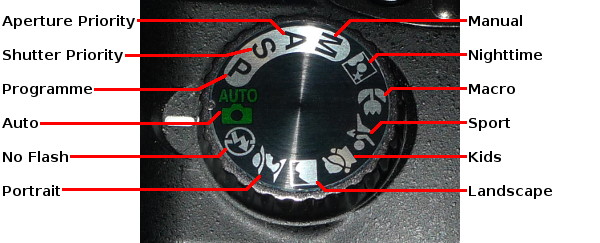Phone cameras are much simpler than digital cameras, they use fixed focal lenses and small sensors which limit their ability, as well as not having a shutter which affects the image quality.
Pictures from phones are pixelated and unclear, completely opposite to a DSLR or film SLR.
The first camera phone was sold in Japan in 2000, these images were pixelated. Since then the image quality has improved, looking at new iPhones and android phones, the image quality is still nothing compared to high end cameras.
Since phone technology has come a long way in the past few years lots of people started to doubt photography and degrees in photography, (why do you need to do a degree if camera phones are just as good at taking pictures as high end cameras like Nikon, Cannon or Pentax?) Well what i have learned is that for snap shots, camera phones are just fine for taking pictures. They are quick and easy, being able to set up and take a quick pic in minimal timing. When taking images of high quality that are being blown up or for commercial use then a digital SLR camera is definitely better.
For this apparatus i am using a Samsung Galaxy S3. This phone came out in May 2012, nearly 4 years ago. Since then Phone camera technology has come a long way, when looking for DSLR VS camera phone blogs, websites, and reviews, The one phone they mainly used in comparison was an iPhone 5/6 phones which came out in 2014/2015. These camera phones will be more advanced that a model from 2012 but never the less it is still a phone with a camera.
For this apparatus I will be taking pictures with my Samsung Galaxy S3 and comparing it against a Nikon D7000. A camera which came out in September 2010 just over 5 years ago. There is now more advanced and newer DSLR’s on the market. As both are a few years old i felt like this was a fair comparison as both came out in similar years. I will be taking pictures of the same subject using the same lighting, this will also make it fair as then the variables will be the same. I am comparing the two for one simple reason, that it is easier to see the pros and cons of a technology when comparing it against a technology which has been built for purpose, with many years of research.
